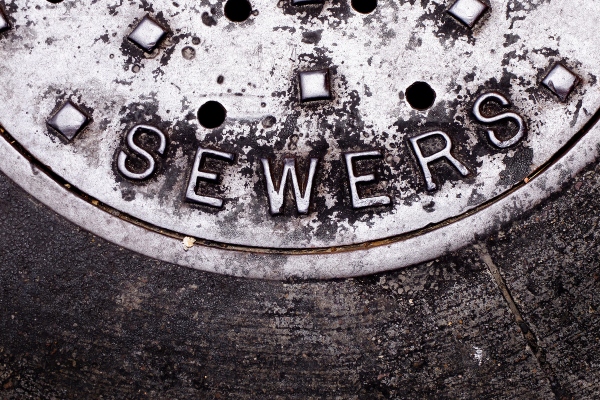

Re-routing sewer lines can be an effective solution to avoid frequent blockages and ensure proper drainage. Homeowners can improve their systems and prevent costly repairs by redirecting these lines. Let’s explore how to effectively re-route sewer lines for better plumbing services in Friendswood.

Re-routing sewer lines might be necessary when existing lines become clogged, damaged, or inefficient. In Friendswood, where soil and drainage systems can shift over time, it’s common for pipes to become misaligned or obstructed. Plumbing in Friendswood TX, often faces these challenges, especially in older homes.
Frequent blockages, slow drainage, or signs of leaks may indicate that re-routing is needed. It can also be required if there’s a change in the property layout, such as new construction or landscaping. Re-routing ensures waste flows properly to the main system without causing disruptions or further damage.
Planning is essential before re-routing sewer lines. In Friendswood, proper planning helps avoid disrupting other systems or utilities. A professional plumbing team in Friendswood will assess the most efficient route for the new pipes. The planning stage involves evaluating the current layout and determining where the new lines should go.
Permits are typically required before beginning any work. These ensure that the project meets local rules and safety standards. A professional plumber will handle all necessary paperwork and secure permits to avoid fines or complications.
The materials chosen for re-routing sewer lines play a significant role in the system’s long-term performance. PVC, cast iron, and ABS plastic are common options. PVC is popular for its durability and corrosion resistance, making it ideal for long-lasting systems.
Cast iron is another choice, especially in homes with older systems. While strong, cast iron may be more prone to corrosion over time. ABS plastic is similar to PVC but offers slightly different chemical resistance, making it another solid option for re-routing. Professionals can guide homeowners in choosing the right material based on factors like soil conditions, pipe age, and budget. They have the expertise to determine which option will best suit the property’s specific needs, ensuring a reliable, long-lasting solution.
Once planning and material selection are complete, installation can begin. First, the existing lines are inspected and, if necessary, excavated to prepare for the new routing. The soil and surrounding infrastructure must be carefully managed to avoid accidental damage.
The new pipes are installed following the planned route. Additional equipment, such as trenchers or backhoes, may be used for digging trenches. After installation, the new lines are tested to ensure proper function and leak-free connections. Ensuring everything is sealed correctly will prevent future issues.
After installation, the lines should undergo thorough inspection and testing. This step ensures the system functions properly and meets local standards. Modern plumbing systems in Friendswood often use video inspection technology to check for irregularities or leaks.
Water is run through the system to check for proper drainage, and pressure tests are conducted to ensure that the new lines can handle sewage system pressure. This testing guarantees the re-routing is successful and that homeowners won’t face additional issues.
After re-routing, regular maintenance is key to keeping the system in top condition. Periodic inspections should be scheduled to detect any signs of wear or potential issues. Avoiding clogs by not flushing inappropriate materials down the drains helps maintain efficiency.
Routine cleaning of the lines will help prevent blockages and maintain optimal performance. Having a plumber inspect the system every few years can identify problems before they escalate into costly repairs. Ensuring that the system is well-maintained will provide long-term benefits and prevent future issues.
The cost of re-routing sewer lines depends on factors such as the project’s complexity, the pipes’ length, and the materials used. Professional plumbers will provide an estimate based on an evaluation of the existing system and the required changes.
Homeowners should also factor in permit fees and potential landscaping or property restoration costs. While the initial investment might seem high, re-routing can save money in the long run by preventing expensive repairs. Proper re-routing ensures the system functions reliably for years to come.
Re-routing sewer lines can improve plumbing in Friendswood, TX, by ensuring proper drainage and reducing future issues. With careful planning, the right materials, and expert installation, homeowners can enjoy a more efficient and reliable system.
Professional plumbers will handle inspections, permits, and testing to make the process smoother. Additionally, they provide valuable advice on regular maintenance to keep the system functioning properly over time. This proactive approach can help prevent costly repairs and extend the plumbing system’s lifespan.
